Home>Furniture & Design>Outdoor Furniture>How To Design An Outdoor Kitchen
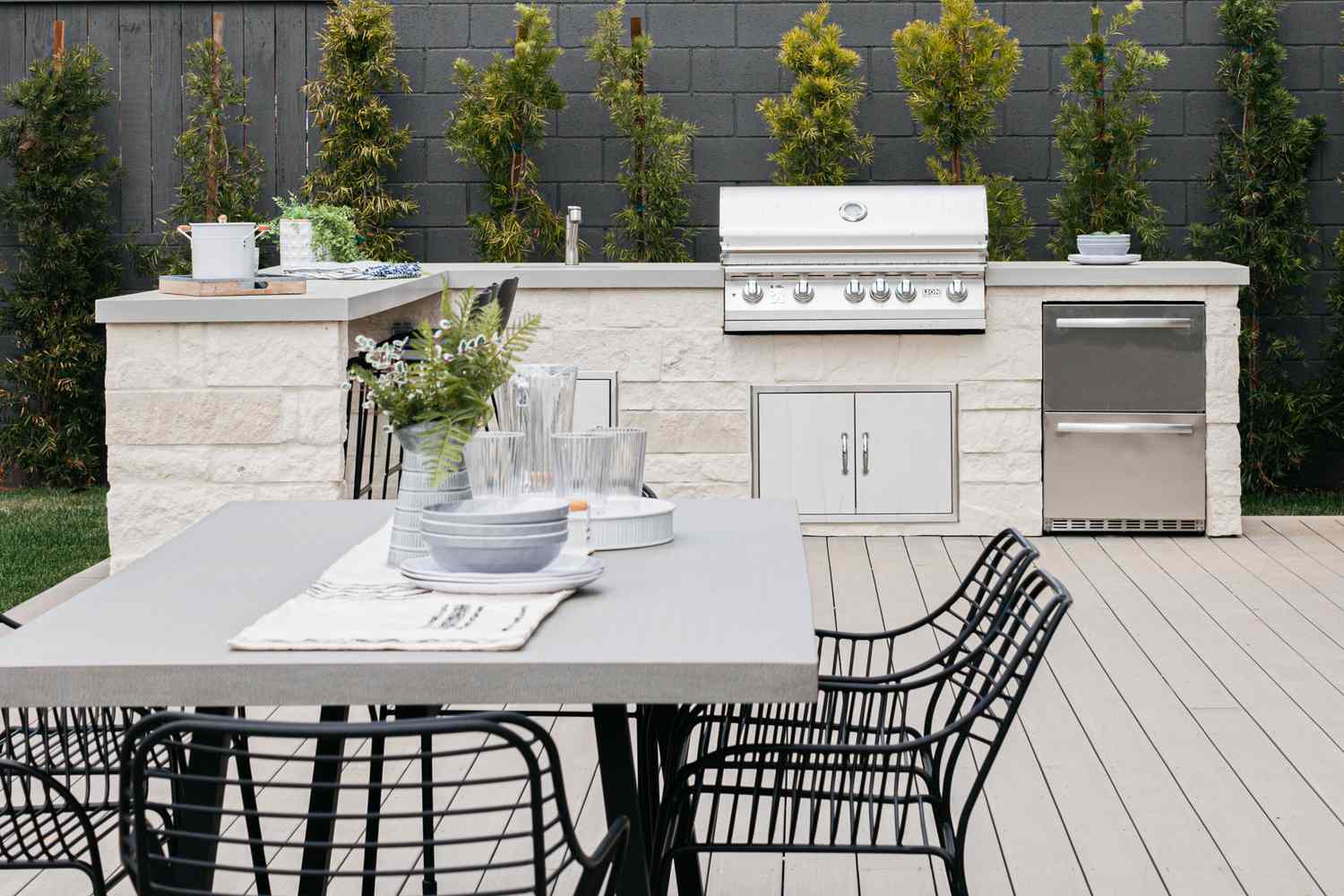

Outdoor Furniture
How To Design An Outdoor Kitchen
Modified: October 19, 2024
Learn how to create the perfect outdoor kitchen with our expert tips and ideas. Find inspiration for outdoor furniture and design to enhance your space.
(Many of the links in this article redirect to a specific reviewed product. Your purchase of these products through affiliate links helps to generate commission for Storables.com, at no extra cost. Learn more)
Introduction
Welcome to the world of outdoor living, where the heart of your home extends beyond its traditional walls. An outdoor kitchen is a stunning and functional addition to any backyard, providing the perfect space for entertaining, cooking, and enjoying the great outdoors. Whether you"re a culinary enthusiast, a social butterfly, or someone who simply loves the idea of al fresco dining, designing an outdoor kitchen can elevate your outdoor living experience to new heights.
Imagine the sizzle of the grill, the aroma of freshly grilled vegetables, and the laughter of friends and family mingling in the open air. An outdoor kitchen is not just a practical space; it"s a hub for creating cherished memories and fostering a deeper connection with nature. As you embark on the journey of designing your outdoor kitchen, you"ll encounter a myriad of choices, from layout and appliance selection to materials and finishes. This guide is here to help you navigate through the exciting process of designing an outdoor kitchen that suits your lifestyle and complements your outdoor space.
In this comprehensive guide, we will explore the essential steps and considerations for designing an outdoor kitchen that seamlessly blends functionality, style, and durability. From planning and layout design to appliance selection, materials, and maintenance, we will delve into every aspect of creating a captivating outdoor kitchen that reflects your personal taste and enhances your outdoor living experience. So, roll up your sleeves, unleash your creativity, and get ready to embark on a journey of designing the outdoor kitchen of your dreams.
Key Takeaways:
- Planning is crucial for designing an outdoor kitchen. Consider your needs, set a budget, assess the space, check local regulations, and seek professional advice to lay a solid foundation for a successful design journey.
- Choosing the right location, designing a functional layout, selecting suitable appliances and fixtures, and maintaining the outdoor kitchen are essential steps in creating a captivating and enduring culinary haven.
Planning Your Outdoor Kitchen
Embarking on the journey of designing an outdoor kitchen begins with thoughtful planning. Before diving into the exciting realm of layout design and appliance selection, it is crucial to lay a solid foundation by envisioning the purpose, functionality, and aesthetic of your outdoor kitchen. Here are the key aspects to consider during the planning phase:
- Define Your Needs: Start by identifying how you intend to use your outdoor kitchen. Are you a barbecue aficionado, a frequent host of outdoor gatherings, or a fan of wood-fired pizza? Understanding your specific needs and cooking preferences will guide the design and layout of your outdoor kitchen.
- Set a Budget: Establishing a budget is essential in guiding your outdoor kitchen project. Consider the cost of materials, appliances, fixtures, and labor, and allocate resources based on your priorities and long-term vision for the space.
- Assess the Space: Evaluate the available outdoor space where you plan to install your kitchen. Consider factors such as existing landscaping, proximity to the main house, prevailing wind direction, and potential obstructions to ensure optimal placement.
- Consider Local Regulations: Before delving into the design process, familiarize yourself with local building codes, zoning regulations, and HOA guidelines that may impact the construction and installation of your outdoor kitchen.
- Consult with Professionals: If you are new to outdoor kitchen design or have complex requirements, seeking guidance from experienced designers, landscapers, or contractors can provide valuable insights and ensure a smooth planning process.
By meticulously planning the fundamental aspects of your outdoor kitchen, you can lay the groundwork for a successful and fulfilling design journey. The next steps will involve translating your vision into a well-crafted layout that maximizes functionality, aesthetics, and overall enjoyment of your outdoor culinary oasis.
Choosing the Right Location
When it comes to designing an outdoor kitchen, the location is more than just a physical setting; it sets the stage for the entire outdoor culinary experience. Selecting the right location for your outdoor kitchen involves a blend of practical considerations and aesthetic harmony with your outdoor living space. Here are key factors to keep in mind when choosing the perfect spot for your outdoor kitchen:
- Proximity to the Main House: Consider the convenience of access to your indoor kitchen, dining area, and utilities. A well-placed outdoor kitchen should facilitate seamless transitions between indoor and outdoor spaces, allowing for easy transportation of food, dishes, and other essentials.
- Wind and Sun Exposure: Assess the prevailing wind patterns and sun exposure throughout the day. Position your outdoor kitchen to minimize the impact of strong winds and to provide adequate shade or sunlight, depending on your preferences and climate.
- Integration with the Landscape: Harmonize the design of your outdoor kitchen with the existing landscape and hardscape features. Consider elements such as trees, gardens, patios, and natural focal points to create a cohesive and visually appealing outdoor environment.
- Privacy and Social Flow: Create a balance between privacy and sociability by positioning your outdoor kitchen to encourage interaction while offering a sense of seclusion. This balance ensures that the space is conducive to both intimate gatherings and lively entertaining.
- Utility Connections: If your outdoor kitchen requires utilities such as gas, water, and electricity, ensure that the chosen location allows for practical and safe connections to these essential services.
By carefully evaluating these considerations, you can identify the optimal location for your outdoor kitchen, setting the stage for a harmonious integration with your outdoor living space. The chosen location will not only influence the functionality and practicality of your outdoor kitchen but also contribute to the overall ambiance and enjoyment of your outdoor culinary haven.
Designing the Layout
The layout of your outdoor kitchen is the blueprint for a seamless and efficient culinary workspace that complements your outdoor lifestyle. Whether you envision a compact kitchenette for casual grilling or a fully equipped gourmet haven for culinary masterpieces, the layout plays a pivotal role in maximizing functionality, flow, and visual appeal. Here are essential considerations for designing a well-crafted outdoor kitchen layout:
- Zoning and Work Triangle: Like indoor kitchens, outdoor kitchen layouts benefit from efficient zoning and well-defined work triangles. Organize the cooking, prep, and serving areas to optimize workflow and minimize unnecessary movement during meal preparation and entertaining.
- Functional Flow: Plan the layout to ensure a logical and intuitive flow between key elements such as the grill, food preparation surfaces, sink, refrigerator, and dining or seating areas. This cohesive flow enhances the overall cooking and dining experience in your outdoor kitchen.
- Entertaining Spaces: Integrate designated areas for socializing, dining, and relaxation within the layout. Consider options for bar seating, outdoor dining tables, and comfortable lounging areas to accommodate various social activities and create a welcoming atmosphere.
- Storage and Organization: Incorporate ample storage solutions to keep cooking utensils, dinnerware, and outdoor kitchen essentials neatly organized and easily accessible. Efficient storage contributes to a clutter-free and functional outdoor kitchen environment.
- Weather Considerations: Design the layout with weather-resistant materials and strategic positioning of appliances and fixtures to withstand the elements. Consider options for sheltered cooking and dining areas to extend the use of your outdoor kitchen in diverse weather conditions.
By thoughtfully crafting the layout of your outdoor kitchen, you can create a space that not only caters to your culinary pursuits but also fosters a harmonious blend of functionality and aesthetics. The layout serves as the foundation for a well-orchestrated outdoor culinary experience, where every element is meticulously arranged to enhance your outdoor living lifestyle.
Selecting Appliances and Fixtures
Choosing the right appliances and fixtures is a defining aspect of designing an outdoor kitchen that aligns with your culinary aspirations and lifestyle. From high-performance grills to versatile outdoor refrigeration, the selection of appliances and fixtures shapes the functionality, convenience, and versatility of your outdoor culinary space. Here are key considerations for selecting the ideal appliances and fixtures for your outdoor kitchen:
- Grill and Cooking Equipment: The centerpiece of any outdoor kitchen, the grill, is available in a variety of configurations, including gas, charcoal, and wood-fired options. Consider your cooking style, preferred fuel type, and desired features such as multiple burners, rotisseries, and side burners to select a grill that meets your culinary needs.
- Outdoor Refrigeration: Incorporating refrigeration options such as outdoor-rated refrigerators, freezers, and beverage coolers enhances the convenience of food and beverage storage in your outdoor kitchen. Choose models with durable construction and efficient cooling capabilities to withstand outdoor conditions.
- Sink and Plumbing Fixtures: A well-equipped outdoor kitchen benefits from a functional sink with hot and cold water, along with a high-quality faucet and drainage system. Select stainless steel or weather-resistant materials for durability and easy maintenance.
- Outdoor Ventilation: Proper ventilation is essential for dissipating smoke, odors, and heat from your outdoor kitchen. Explore options for outdoor range hoods and ventilation systems designed to accommodate various cooking methods and styles.
- Outdoor Cabinetry and Storage: Durable and weather-resistant cabinetry and storage solutions provide essential organization and protection for your outdoor kitchen essentials. Look for materials and finishes that offer both aesthetic appeal and resilience against outdoor elements.
By thoughtfully curating your selection of appliances and fixtures, you can tailor your outdoor kitchen to meet your specific cooking and entertaining needs while enhancing the overall functionality and visual appeal of the space. The chosen appliances and fixtures serve as the tools and infrastructure that bring your outdoor culinary vision to life, elevating the art of outdoor cooking and dining.
When designing an outdoor kitchen, make sure to consider the layout and flow of the space to ensure easy movement between cooking, prep, and serving areas. This will make the cooking experience more enjoyable and efficient.
Materials and Finishes
The choice of materials and finishes for your outdoor kitchen is a vital element in creating a cohesive, durable, and visually appealing culinary space that withstands the rigors of outdoor environments. From countertops and flooring to cabinetry and decorative accents, the selection of materials and finishes contributes to the aesthetic charm, functionality, and longevity of your outdoor kitchen. Here are essential considerations for choosing the right materials and finishes:
- Countertops: Opt for durable and weather-resistant countertop materials such as granite, stainless steel, concrete, or natural stone. These materials offer both visual appeal and practicality, standing up to outdoor exposure and frequent use.
- Cabinetry and Storage: Select outdoor-rated cabinetry constructed from materials such as marine-grade polymer, stainless steel, or teak. These materials provide resilience against moisture, UV exposure, and temperature fluctuations, ensuring long-lasting functionality and aesthetics.
- Flooring: Choose outdoor flooring materials that offer slip resistance, easy maintenance, and visual continuity with your outdoor living space. Options include porcelain tile, natural stone, or composite decking designed for outdoor use.
- Decorative Finishes: Incorporate decorative elements such as outdoor-rated lighting fixtures, backsplash materials, and decorative tiles to infuse personality and style into your outdoor kitchen. Ensure that these finishes are designed to withstand outdoor conditions while adding visual interest to the space.
- Weatherproofing and Sealing: Prioritize weatherproofing and sealing treatments for outdoor kitchen materials to enhance their resistance to moisture, UV exposure, and temperature variations. Proper maintenance and periodic sealing contribute to the longevity and performance of outdoor kitchen surfaces.
By carefully selecting materials and finishes that harmonize with your outdoor environment and lifestyle, you can create an outdoor kitchen that exudes both elegance and resilience. The chosen materials and finishes serve as the foundation for a captivating and enduring outdoor culinary haven, where every element is thoughtfully crafted to elevate your outdoor living experience.
Lighting and Electrical Considerations
Effective lighting and electrical planning are essential components of designing an outdoor kitchen that offers both functionality and ambiance after sunset. Proper illumination enhances safety, extends the utility of the space, and creates a captivating atmosphere for outdoor culinary experiences. Here are key considerations for lighting and electrical provisions in your outdoor kitchen:
- Task Lighting: Install task lighting in key areas such as the grill, food preparation zones, and sink to ensure adequate visibility for cooking and food-related tasks during evening gatherings. LED fixtures are energy-efficient and provide focused illumination for specific work areas.
- Ambient Lighting: Incorporate ambient lighting to create a welcoming and inviting atmosphere in your outdoor kitchen. Options include string lights, wall-mounted sconces, and decorative pendants that contribute to the overall ambiance of the space.
- Accent Lighting: Highlight architectural features, landscaping, and focal points within the outdoor kitchen with strategically placed accent lighting. This adds depth and visual interest to the space while enhancing its aesthetic appeal during evening hours.
- Electrical Outlets and Power Sources: Plan for sufficient electrical outlets to accommodate appliances, entertainment systems, and charging stations within your outdoor kitchen. Ensure that power sources are strategically positioned and equipped with ground fault circuit interrupters (GFCIs) for safety and code compliance.
- Weatherproof Fixtures and Wiring: Select lighting fixtures and electrical components that are specifically designed for outdoor use, featuring weatherproof construction and durable wiring to withstand exposure to moisture, wind, and temperature fluctuations.
By integrating thoughtful lighting and electrical provisions into your outdoor kitchen design, you can extend the functionality and allure of the space well into the evening hours. The carefully planned lighting and electrical features not only enhance the practicality of your outdoor kitchen but also contribute to a captivating and inviting atmosphere for memorable outdoor dining and entertaining experiences.
Outdoor Kitchen Maintenance
Maintaining your outdoor kitchen is essential for preserving its functionality, aesthetics, and longevity in the face of outdoor elements and regular use. By implementing a proactive maintenance routine, you can ensure that your outdoor culinary haven remains in optimal condition, ready to serve as the backdrop for countless memorable gatherings and culinary creations. Here are key maintenance considerations for your outdoor kitchen:
- Cleaning and Care: Regularly clean and maintain the surfaces of your outdoor kitchen, including countertops, appliances, and fixtures. Use appropriate cleaning products and techniques recommended for the specific materials to prevent staining, corrosion, and deterioration.
- Seasonal Inspections: Conduct seasonal inspections of your outdoor kitchen to assess the condition of materials, finishes, and structural components. Address any signs of wear, damage, or deterioration promptly to prevent further issues.
- Weather Protection: Implement measures to protect your outdoor kitchen from the impact of harsh weather conditions, such as covering or sheltering vulnerable components during inclement weather and winter months.
- Appliance Maintenance: Follow manufacturer guidelines for the care and maintenance of outdoor kitchen appliances, including regular cleaning, lubrication of moving parts, and inspection of gas lines and electrical connections.
- Sealing and Refinishing: Periodically assess the need for resealing countertops, refinishing cabinetry, and refreshing decorative finishes to maintain their resilience and visual appeal in outdoor environments.
By incorporating a comprehensive maintenance regimen into your outdoor kitchen care, you can safeguard your investment and ensure that it continues to delight and serve you for years to come. The proactive approach to maintenance not only preserves the functionality and aesthetics of your outdoor kitchen but also reinforces its status as a cherished and enduring focal point of your outdoor living space.
Conclusion
Designing an outdoor kitchen is a journey that intertwines creativity, functionality, and the art of outdoor living. As you navigate through the planning, layout design, appliance selection, materials, and maintenance considerations, you are crafting more than just a culinary space; you are sculpting an outdoor oasis that reflects your lifestyle and fosters unforgettable experiences.
From the sizzle of the grill to the glow of ambient lighting, your outdoor kitchen is a canvas for culinary expression and social connection. It is where the aromas of delicious meals mingle with the laughter of friends and family, creating a symphony of outdoor living at its finest.
As you embark on this journey, remember that the beauty of an outdoor kitchen lies not only in its design and functionality but also in the memories it helps create. It is a stage for impromptu gatherings, intimate conversations, and culinary adventures under the open sky. Whether you are a seasoned outdoor chef or a newcomer to the world of al fresco dining, your outdoor kitchen is a testament to the joy of embracing the great outdoors and celebrating the simple pleasures of life.
So, as you design, build, and nurture your outdoor kitchen, infuse it with your personality, your passions, and your vision of outdoor bliss. Let it be a reflection of your love for good food, great company, and the boundless beauty of nature. With thoughtful planning, meticulous design, and attentive care, your outdoor kitchen will stand as a testament to the art of outdoor living, inviting you to savor every moment and create lasting memories in the embrace of the open air.
May your outdoor kitchen be a source of joy, inspiration, and connection, enriching your outdoor living experience and serving as a cherished backdrop for countless moments of culinary delight and shared happiness.
Frequently Asked Questions about How To Design An Outdoor Kitchen
Was this page helpful?
At Storables.com, we guarantee accurate and reliable information. Our content, validated by Expert Board Contributors, is crafted following stringent Editorial Policies. We're committed to providing you with well-researched, expert-backed insights for all your informational needs.
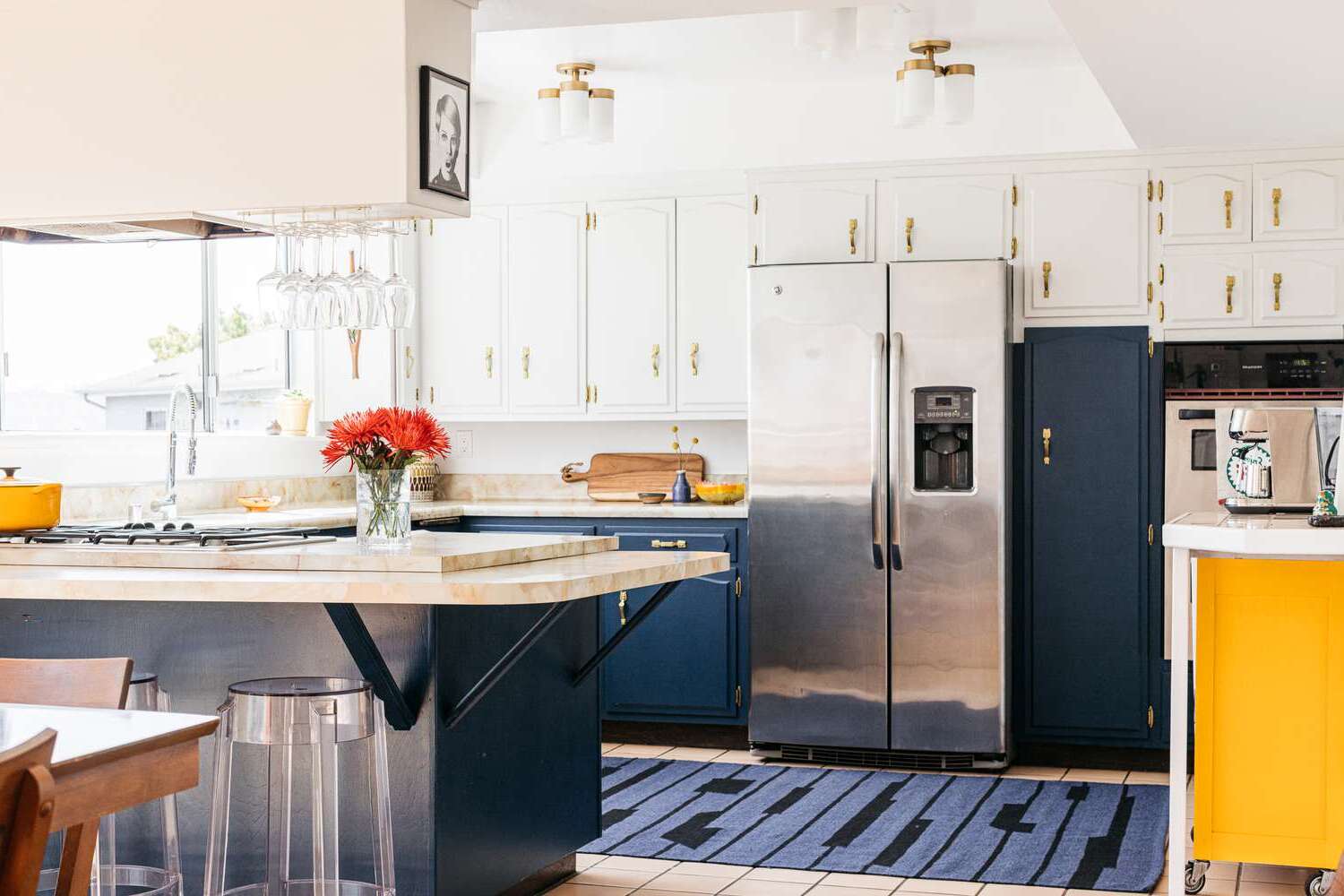
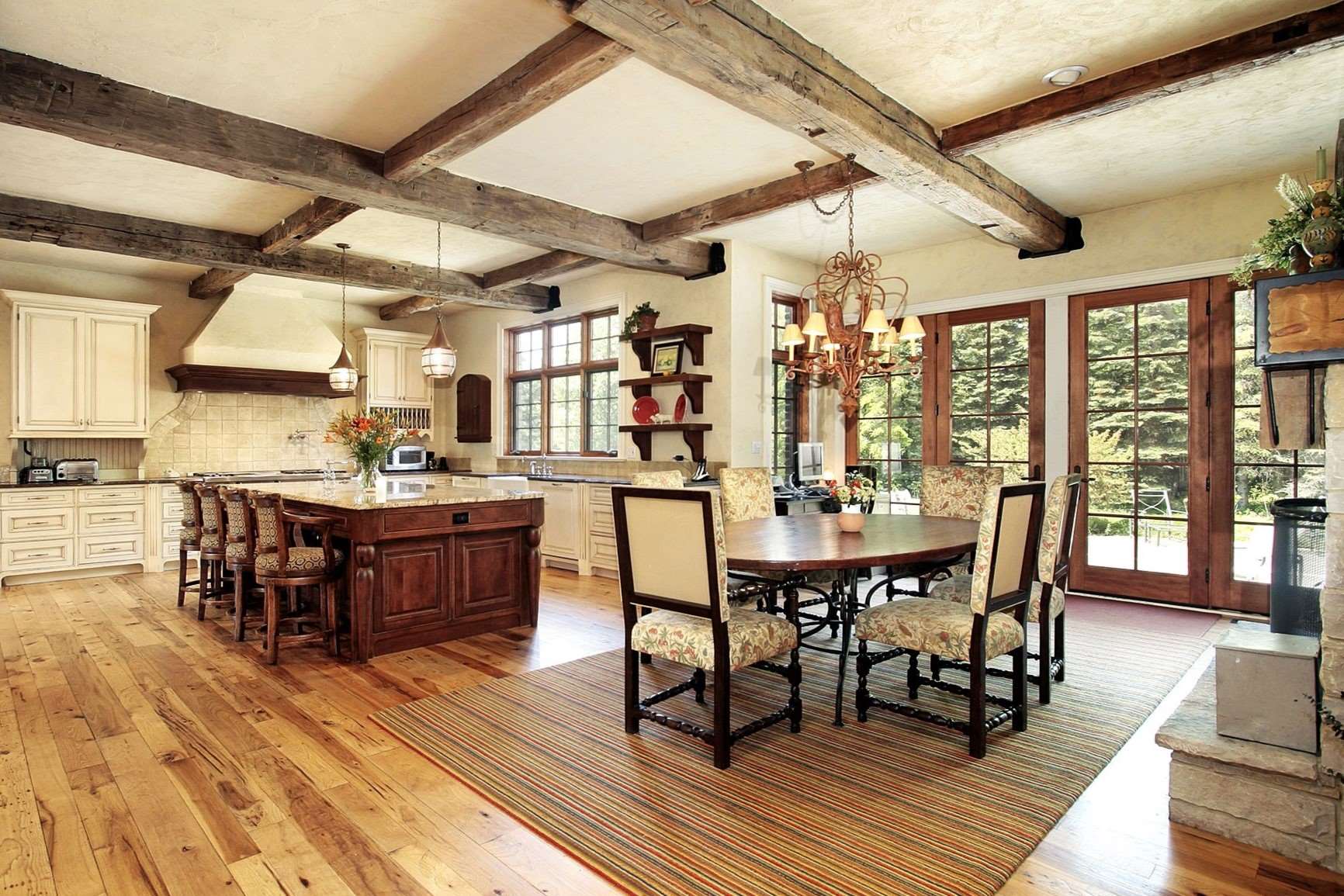
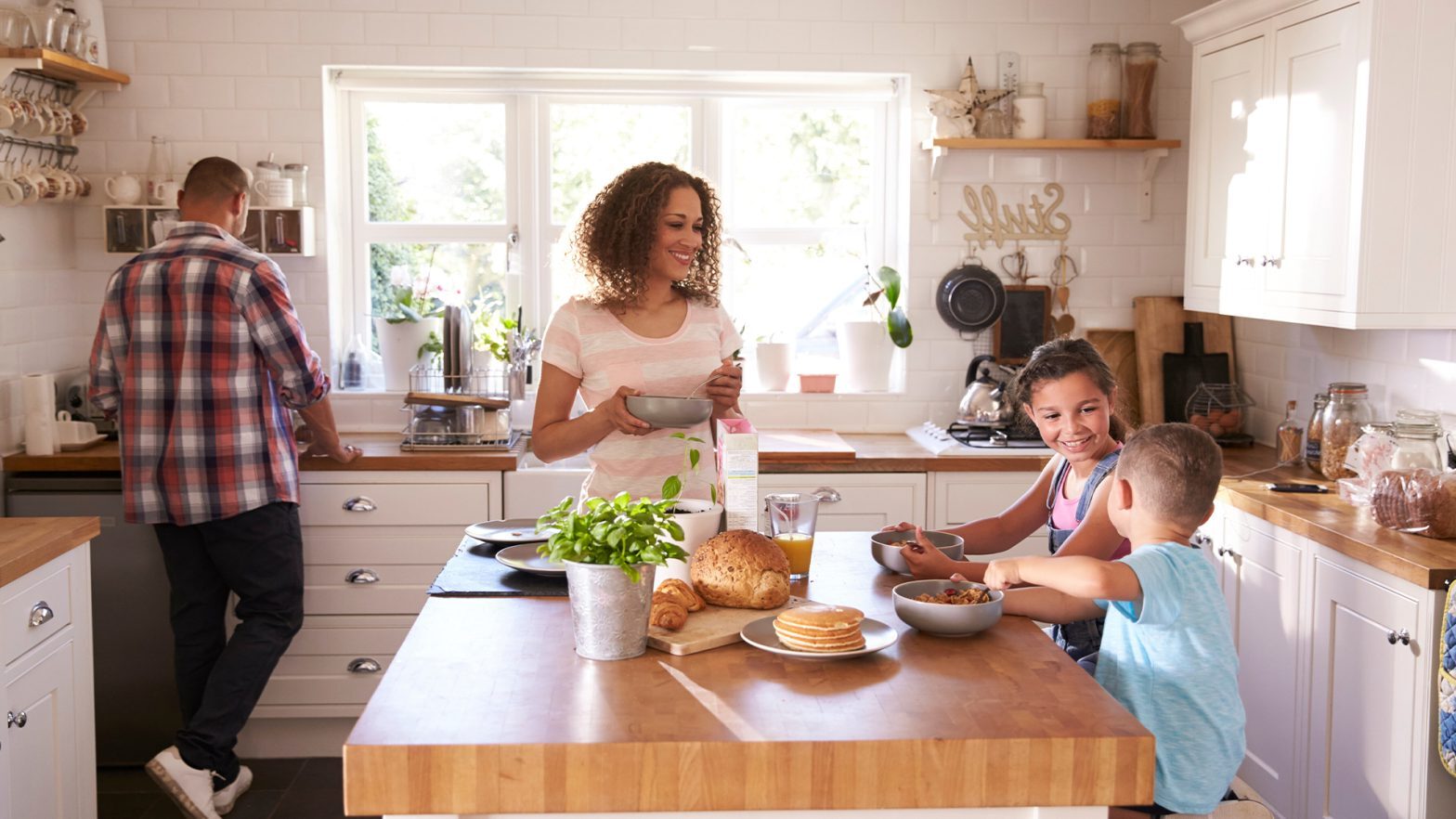

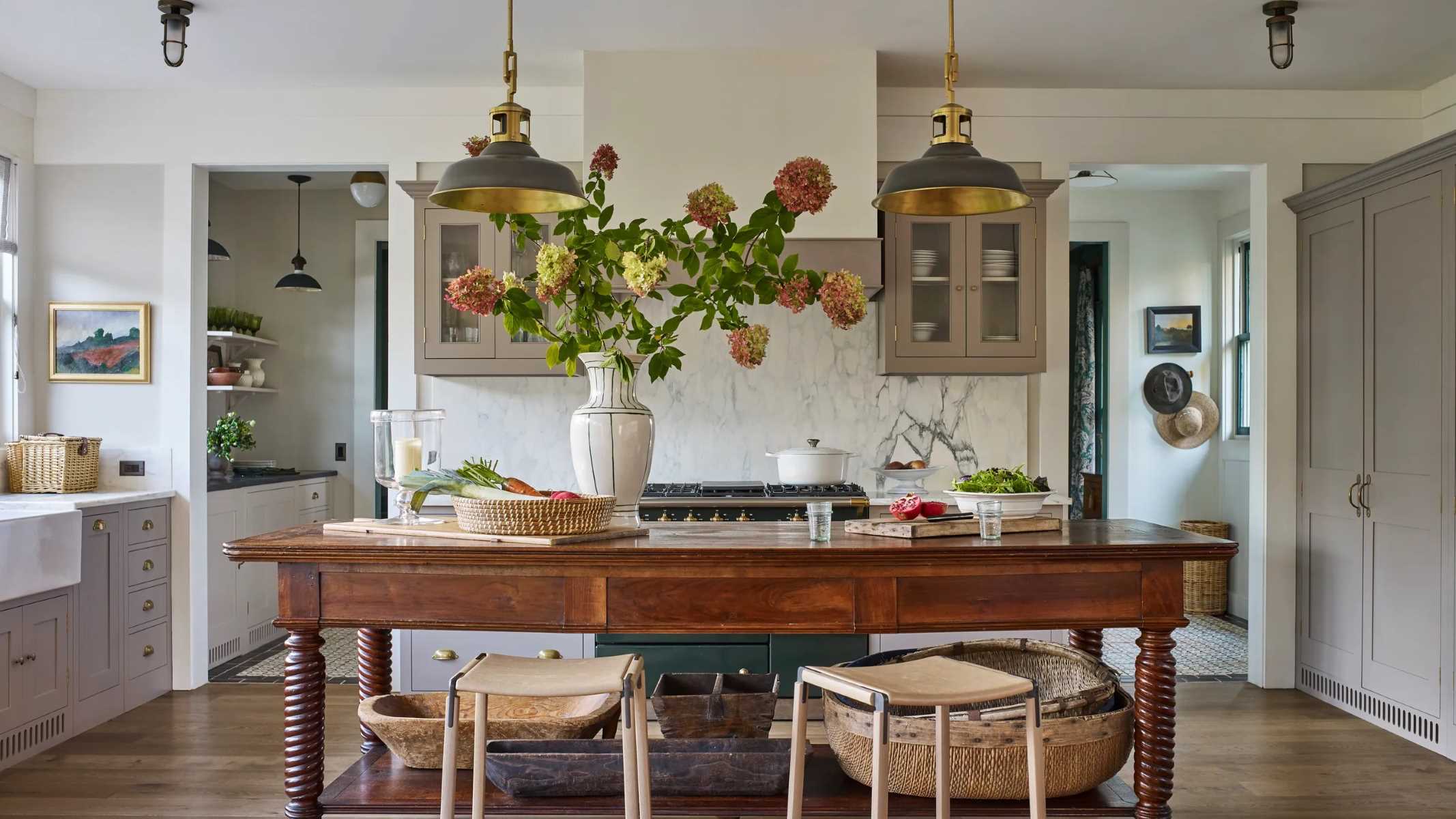
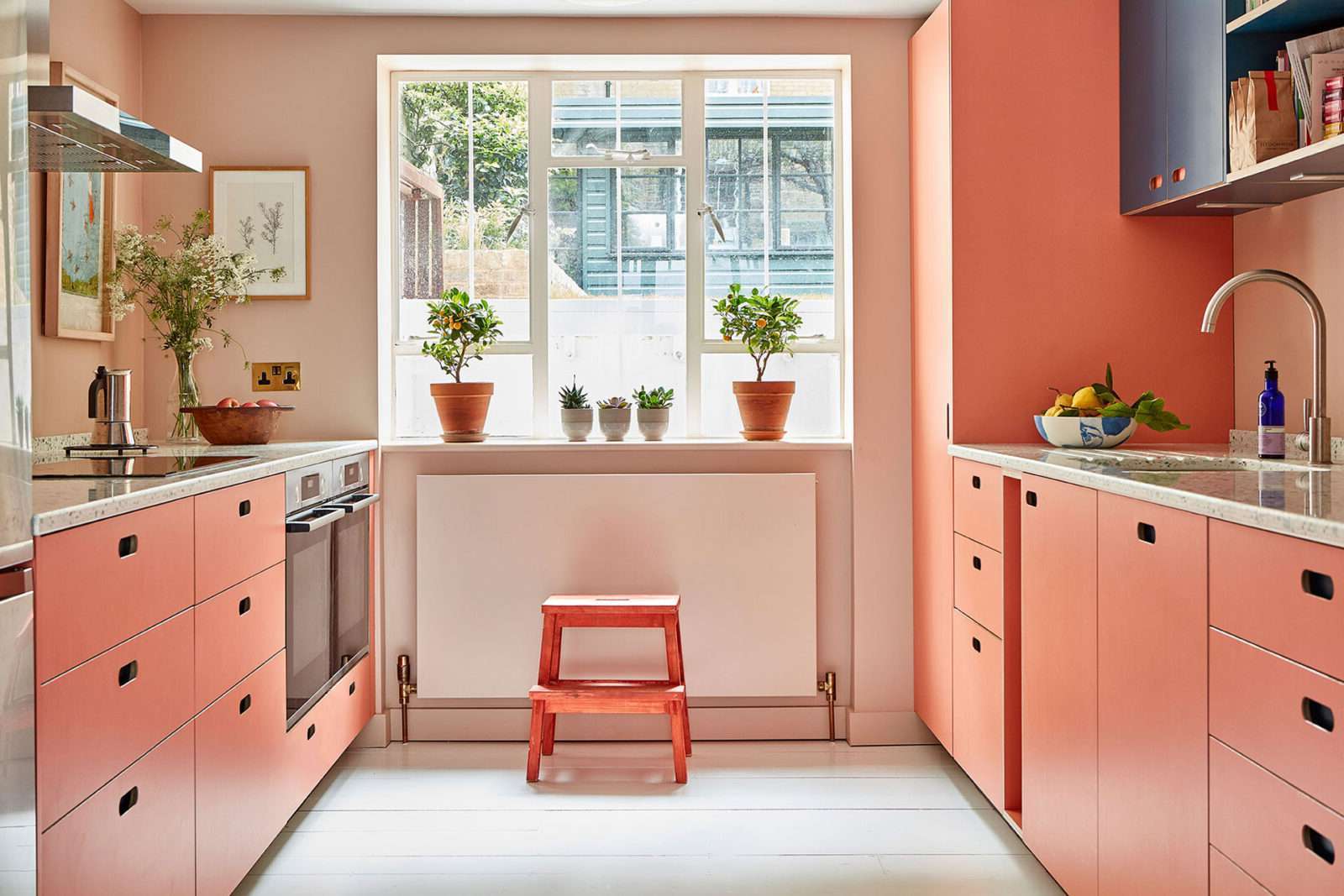
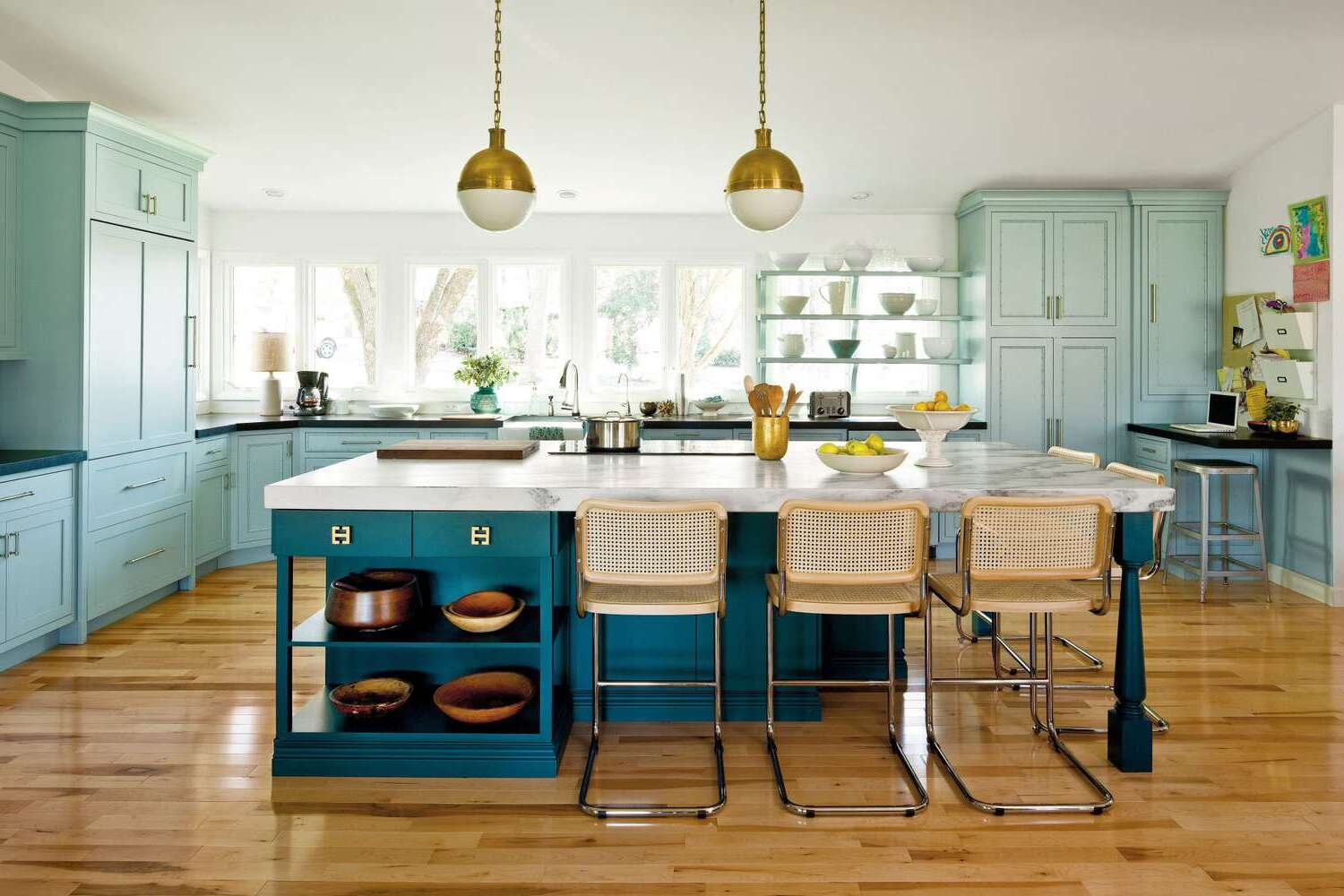
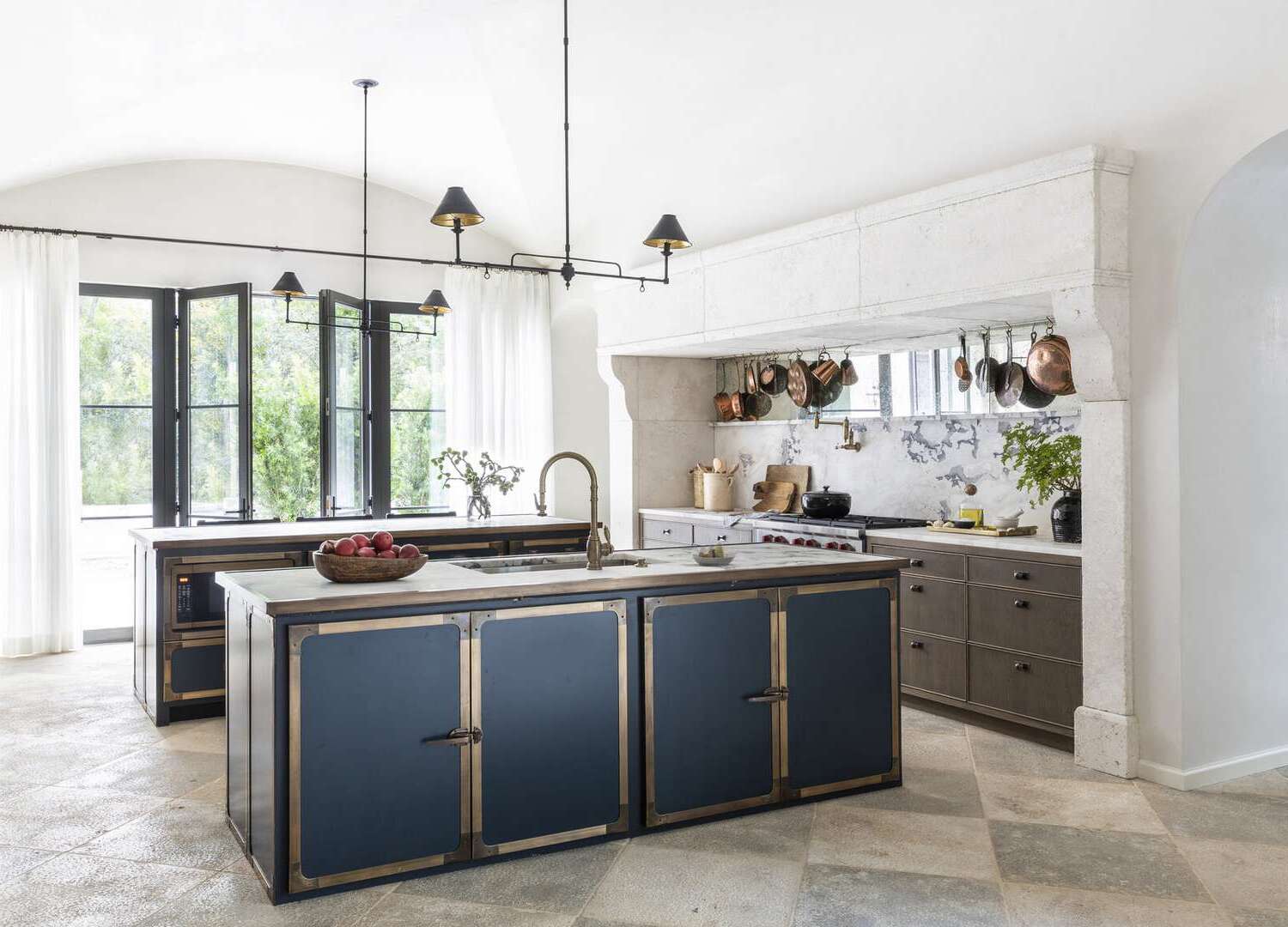
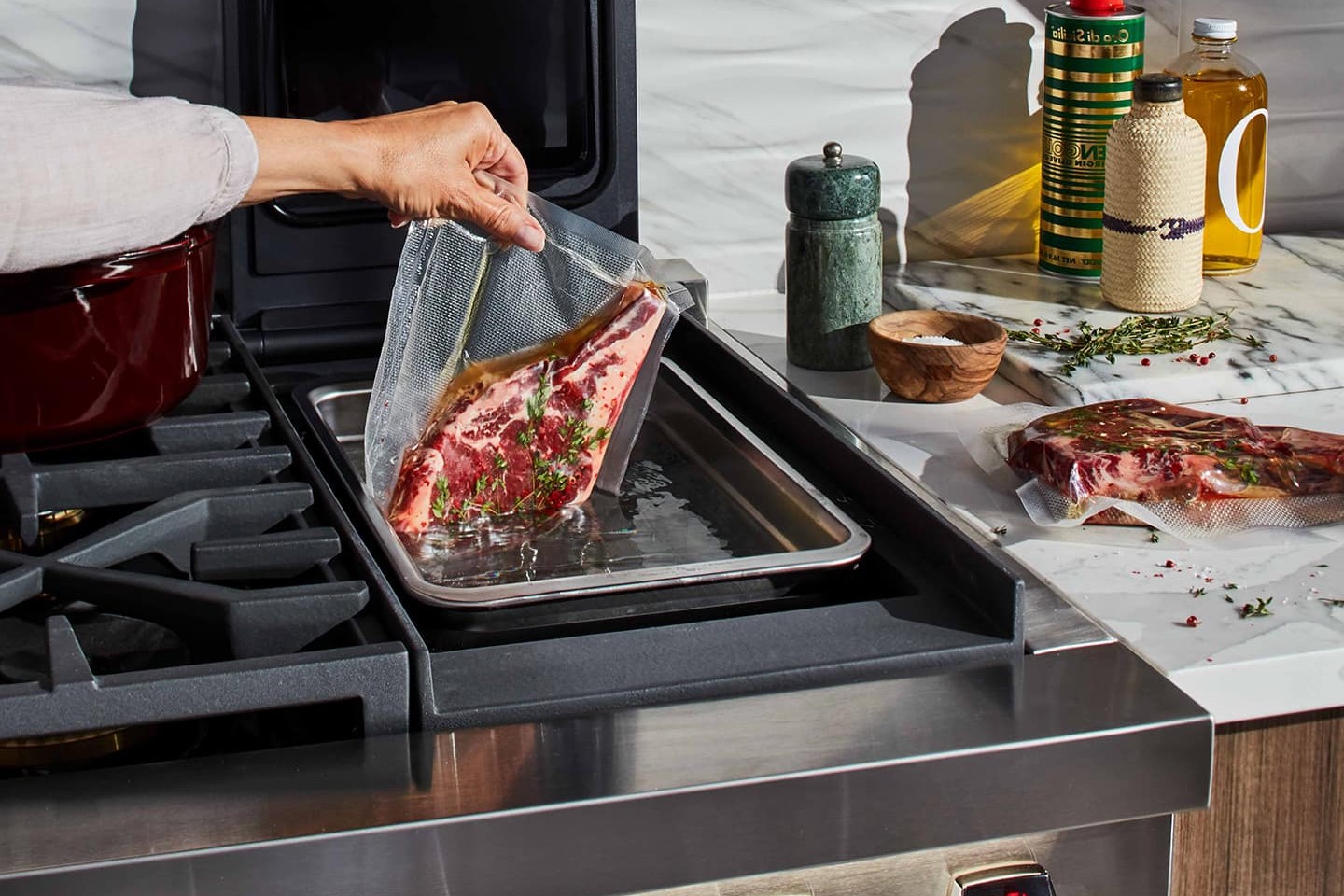
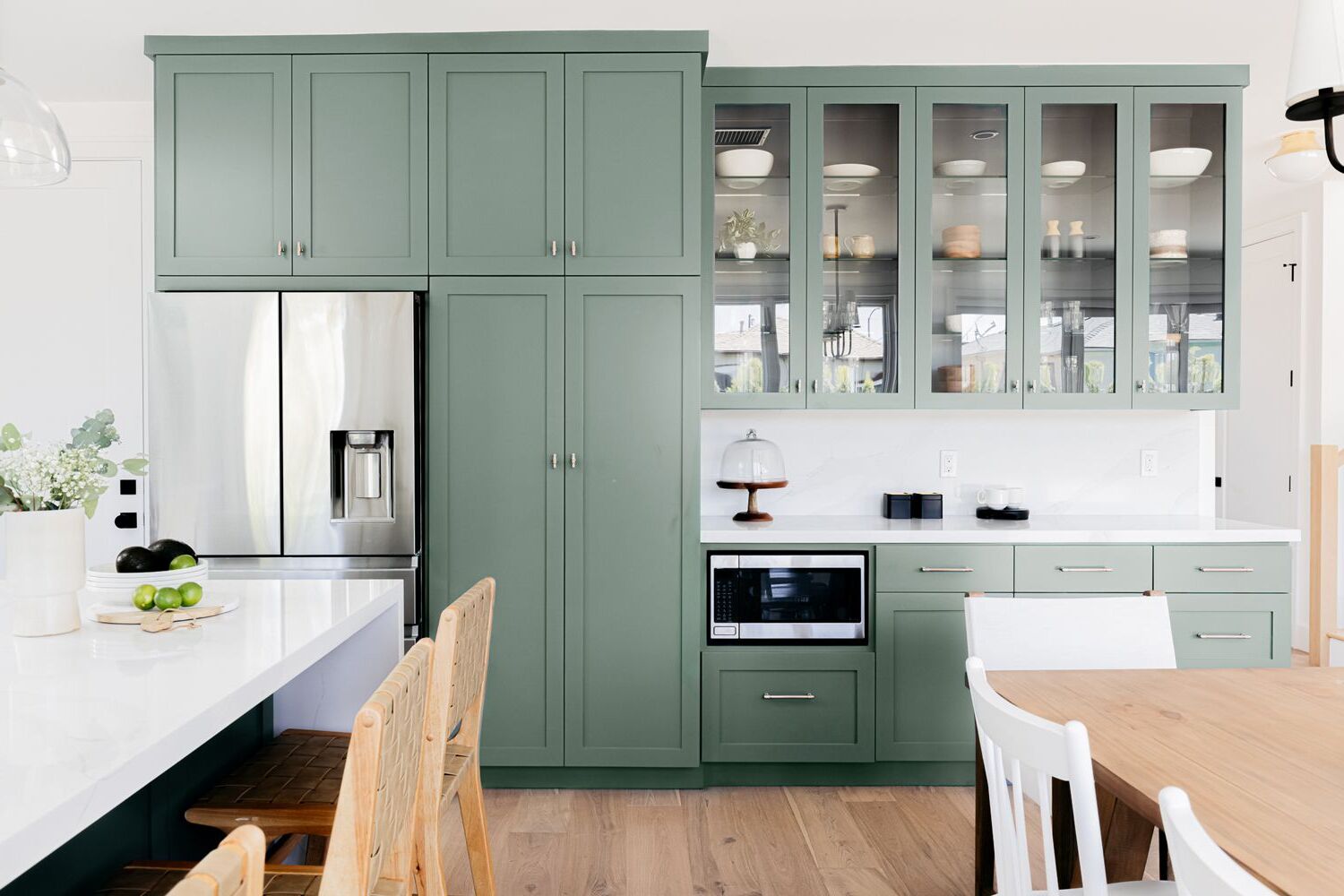
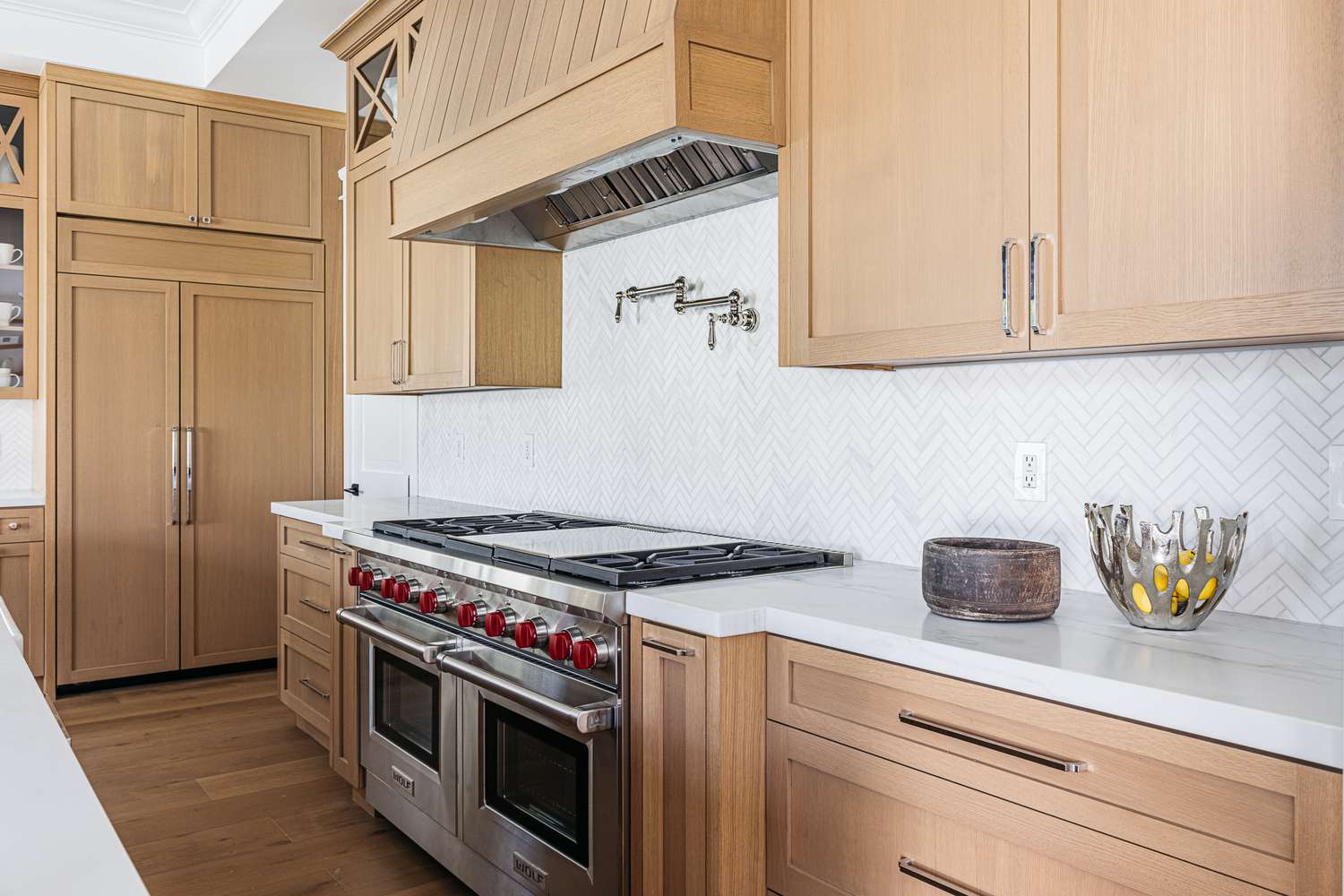
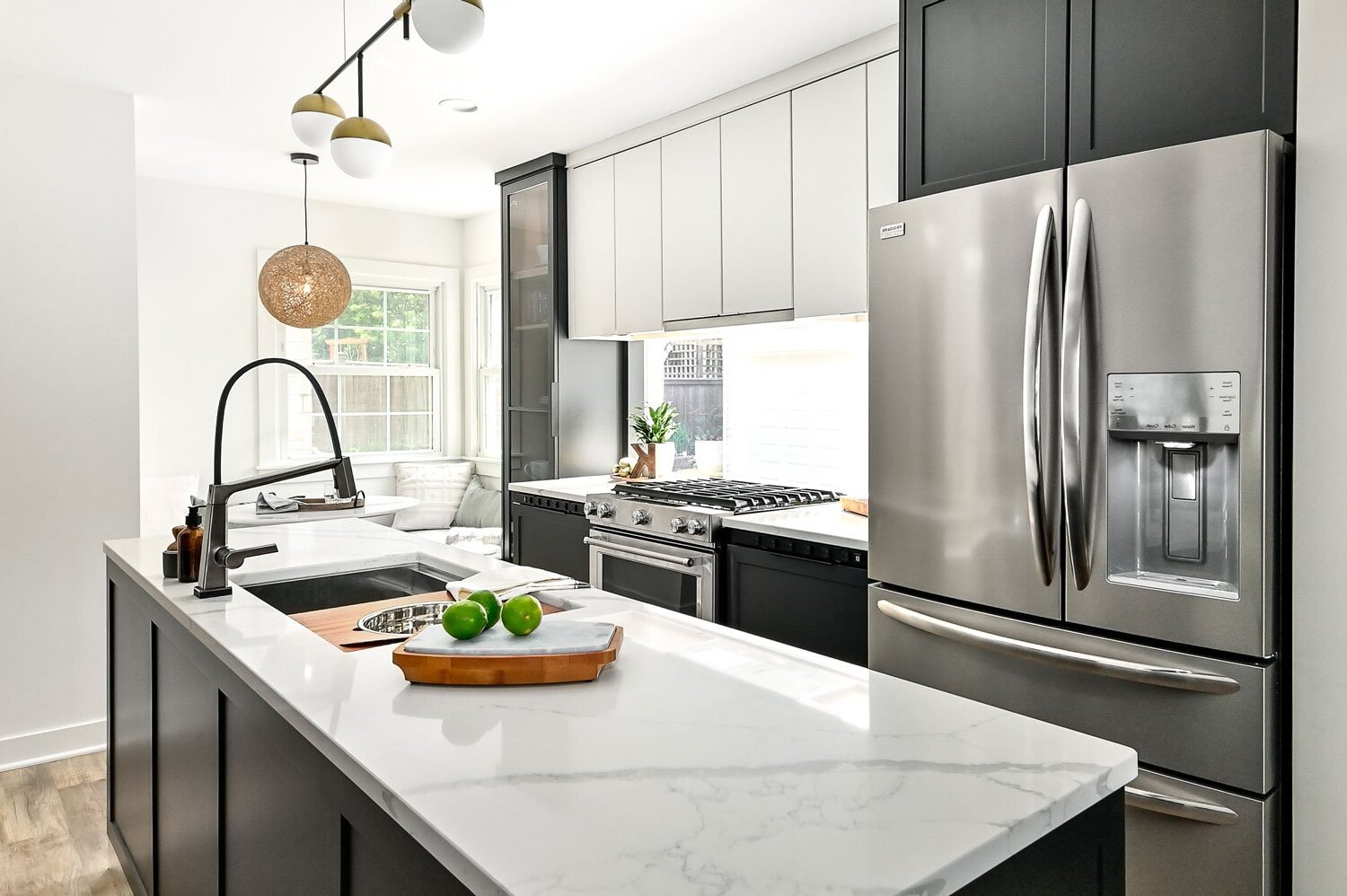

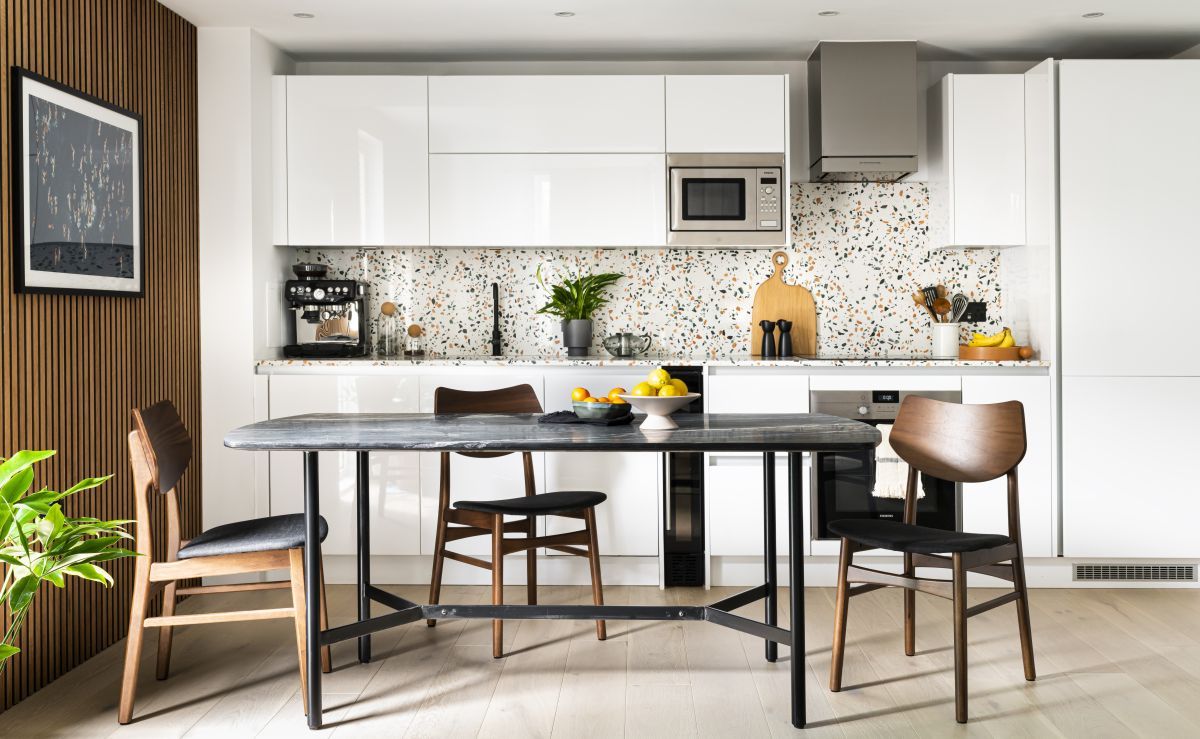

0 thoughts on “How To Design An Outdoor Kitchen”